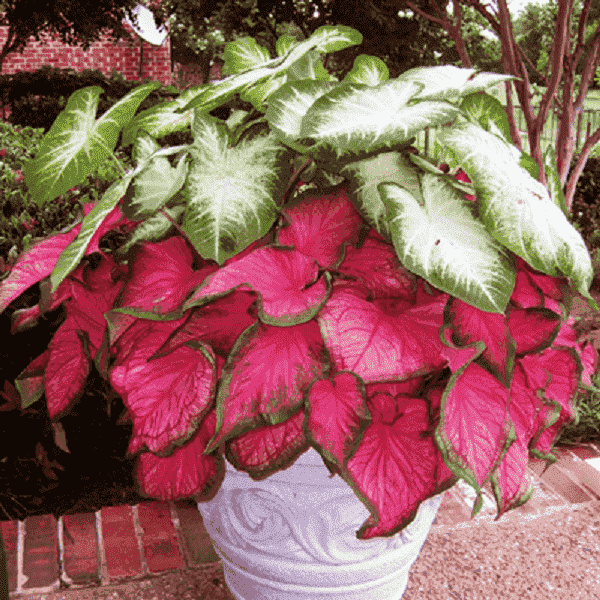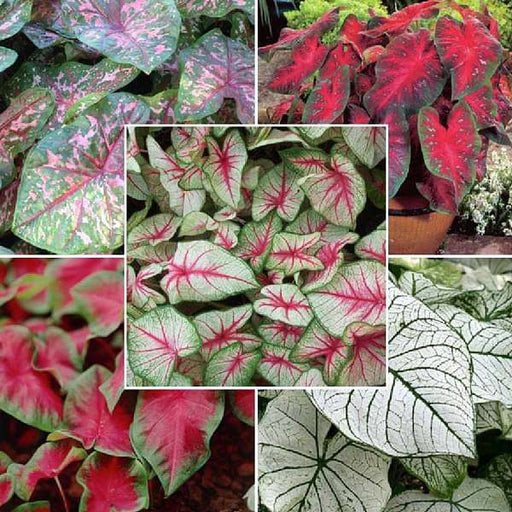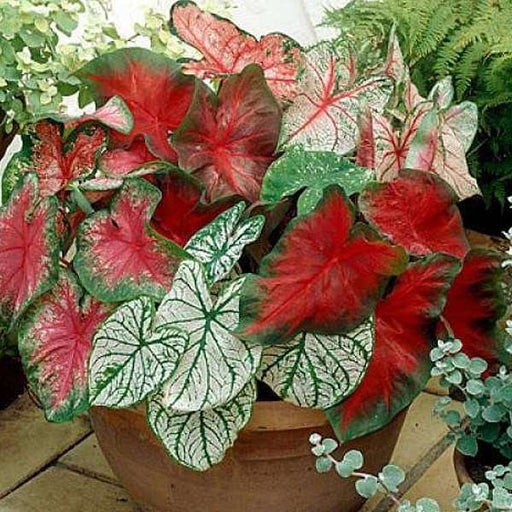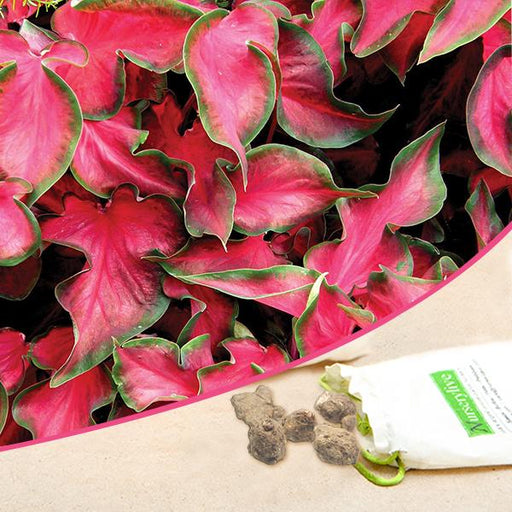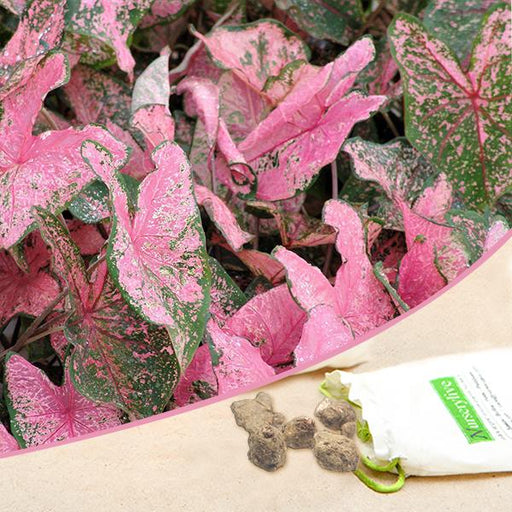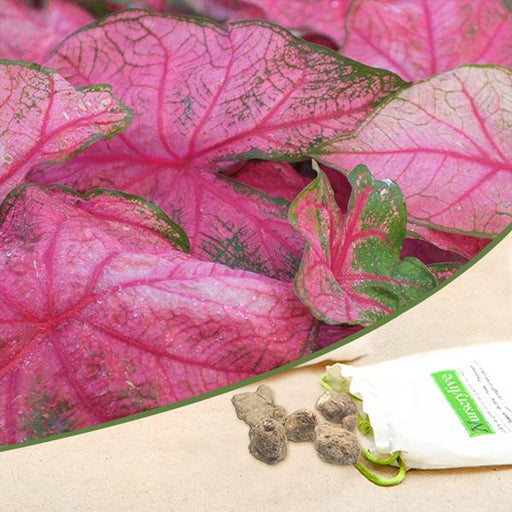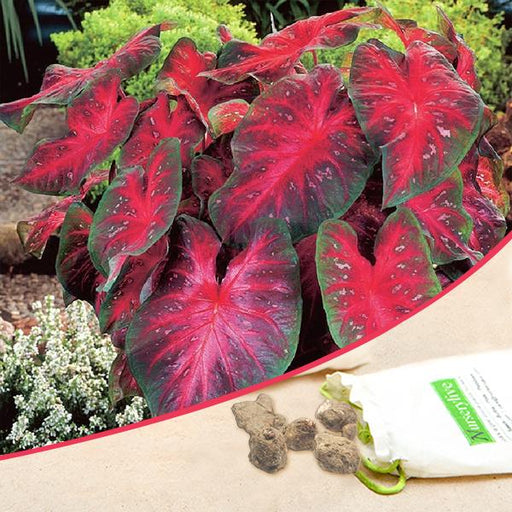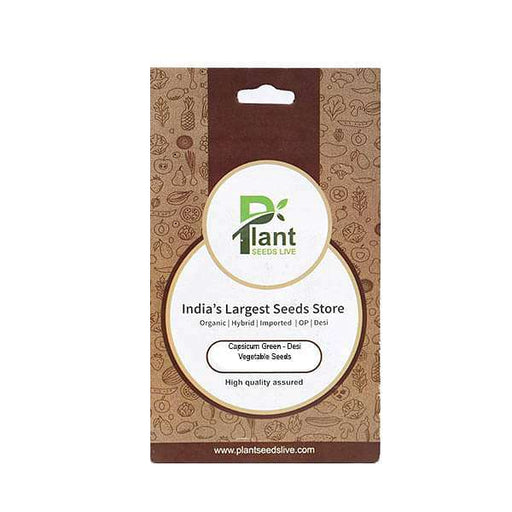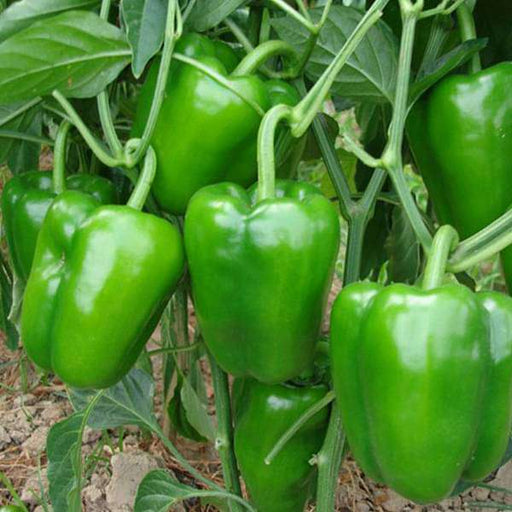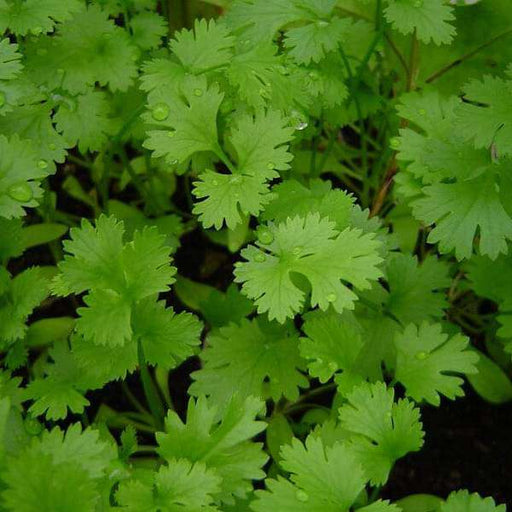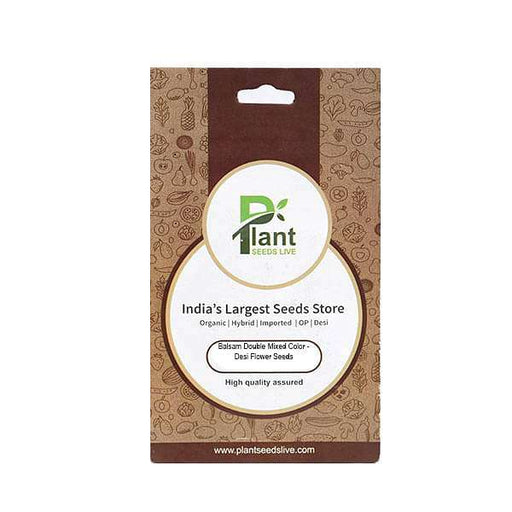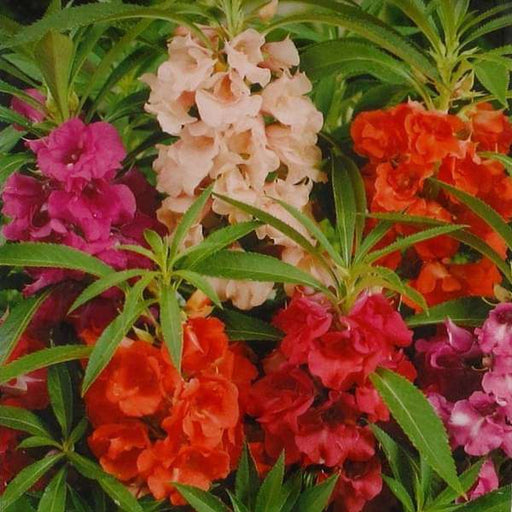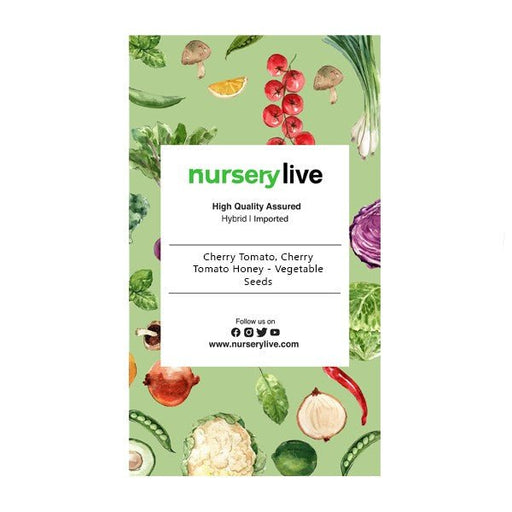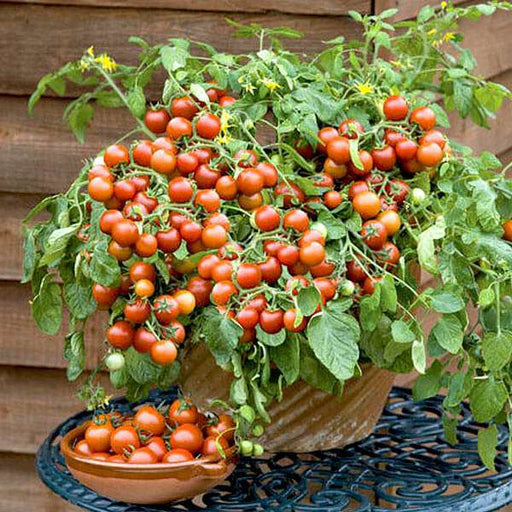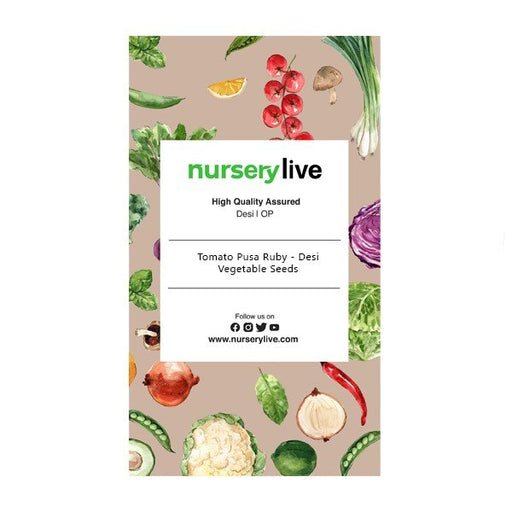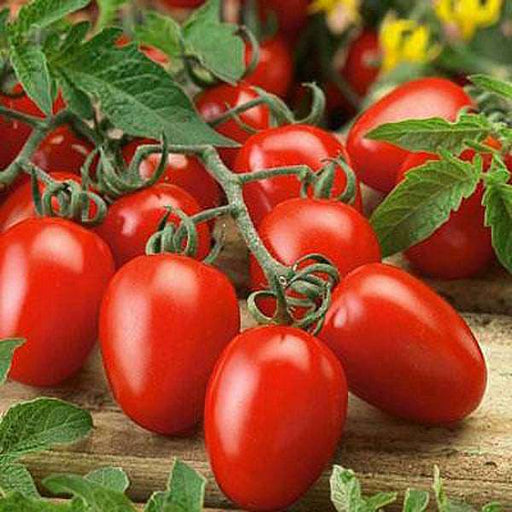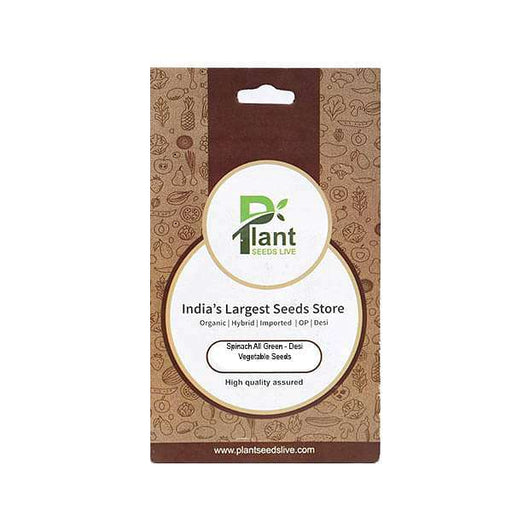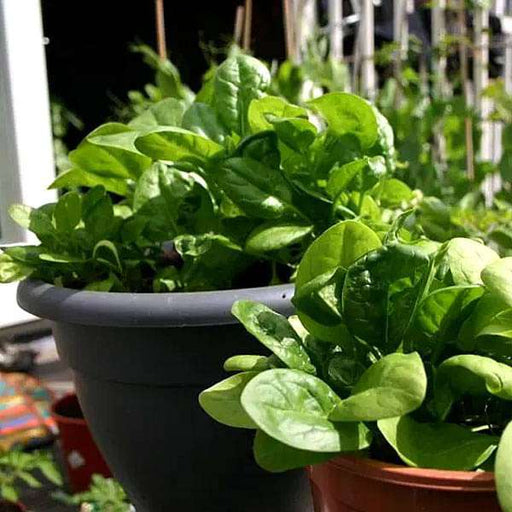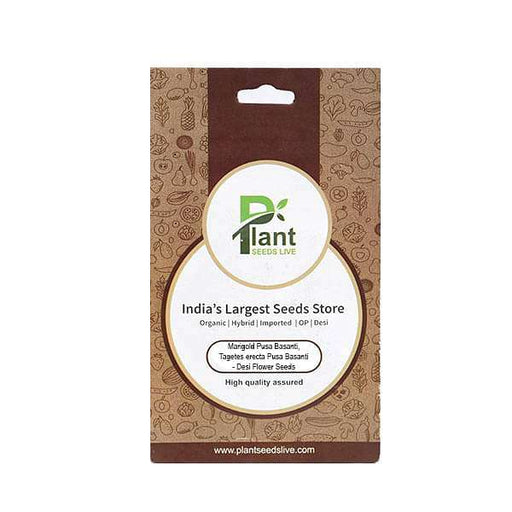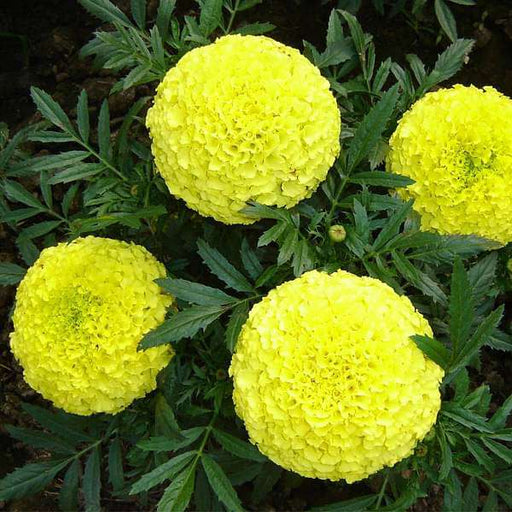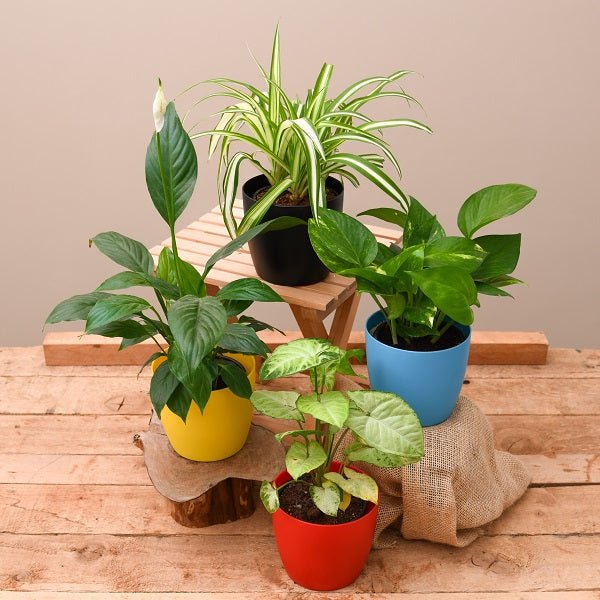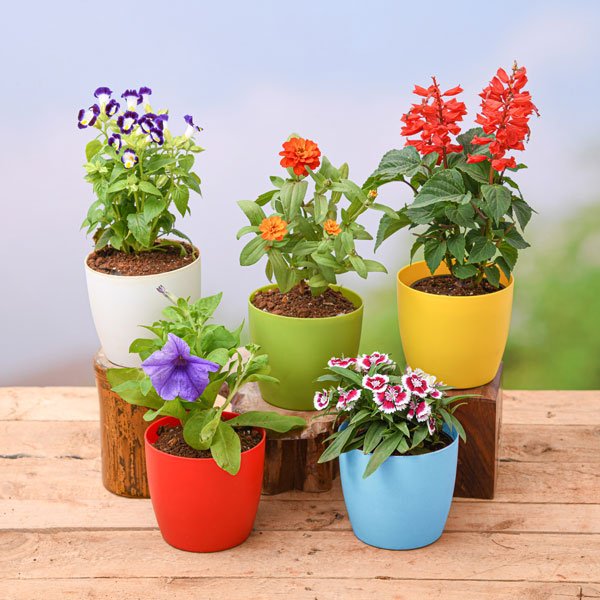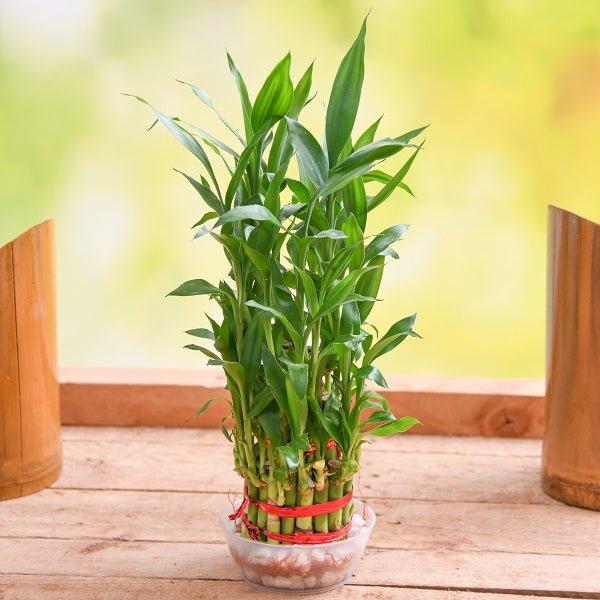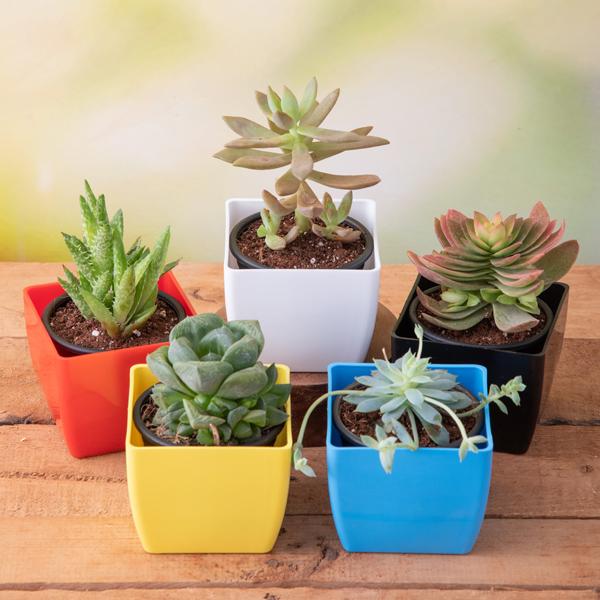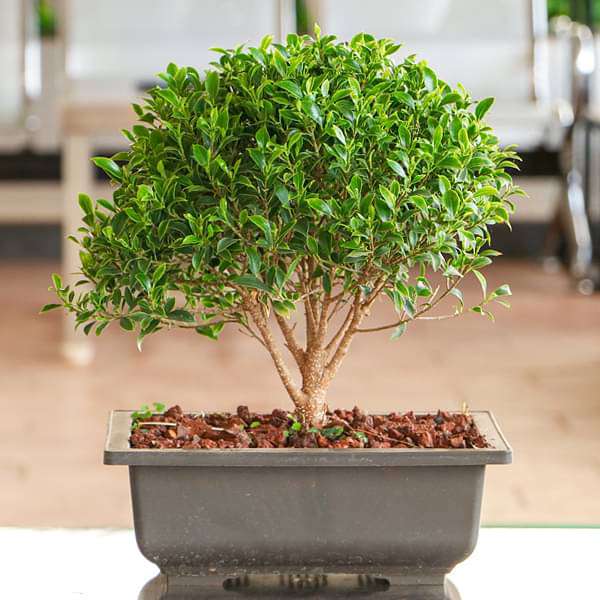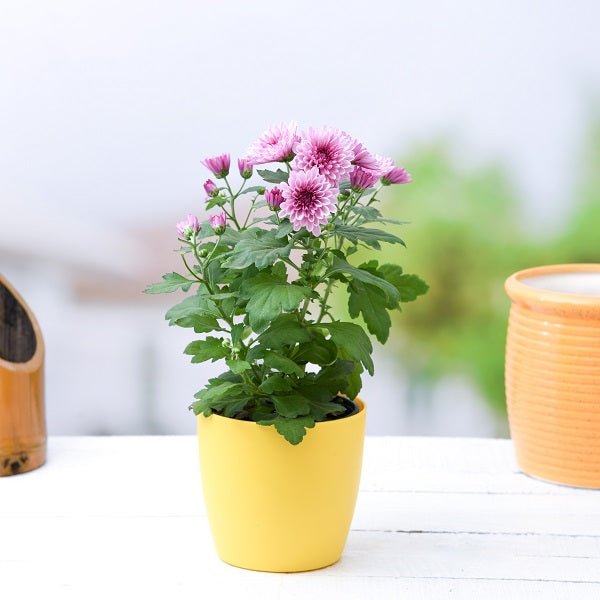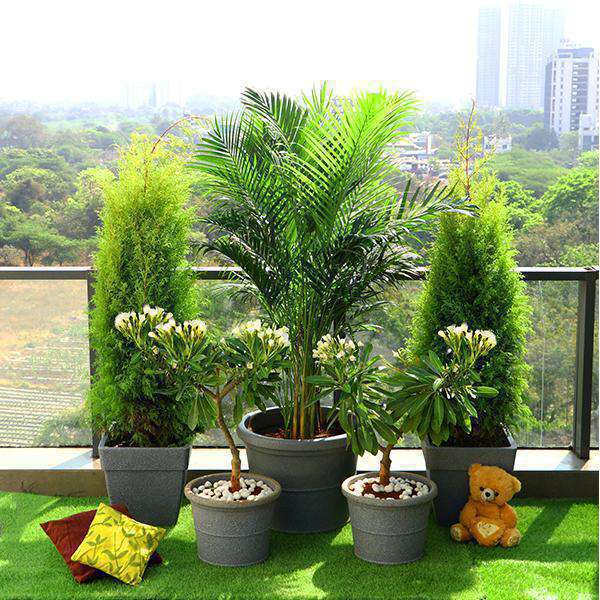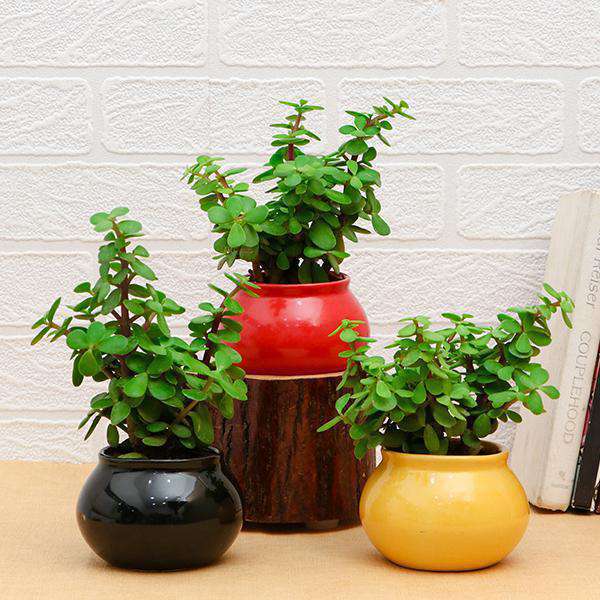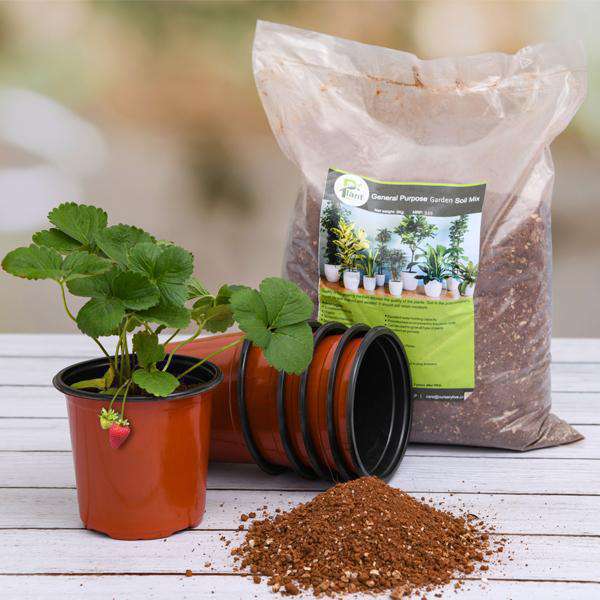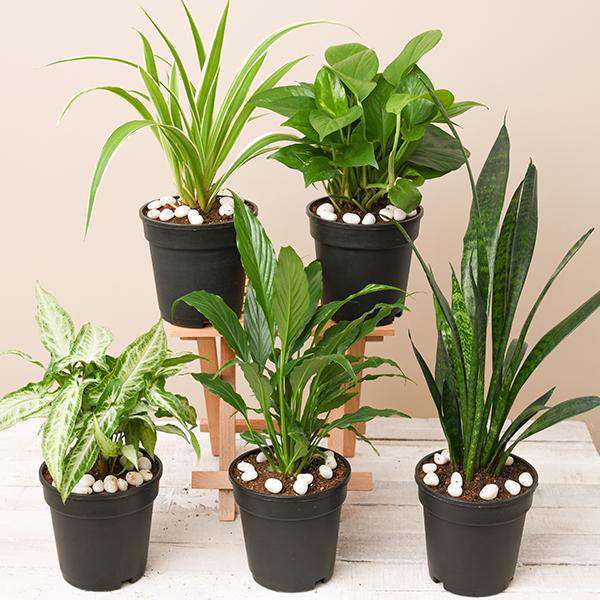Caladium Bulbs
Caladium bulbs are a popular choice for gardeners who want to add a splash of color to their garden. These bulbs produce large, heart-shaped leaves that come in a variety of colors, including green, pink, red, and white. When planted in the right location, caladium bulbs can thrive and provide a beautiful display.
Caladium Varieties
There are many different varieties of caladiums available, each with its own unique look and feel. Some popular caladium varieties include 'Candidum,' which has green leaves with white veins, and 'Red Flash,' which has bright red leaves with green edges.
Caladium Care
Taking care of caladium bulbs is relatively easy, but it does require some attention to detail. These bulbs prefer well-draining soil and a warm, humid environment. They also need regular watering and fertilization to thrive.
Caladium Planting
Planting caladium bulbs is a simple process that can be done in a variety of ways. Whether you choose to plant them in pots or in the ground, it's important to provide them with the right conditions to help them grow.
Caladium Leaves
Caladium leaves are one of the most attractive features of this plant. These large, heart-shaped leaves come in a variety of colors and patterns, making them a popular choice for gardeners who want to add some color and texture to their garden.
Caladium Flowers
While caladiums are primarily grown for their leaves, they do produce flowers in the summer months. These flowers are small and inconspicuous, but they add a nice touch of color to the plant.
Caladium Propagation
Caladiums can be propagated in a variety of ways, including by seed, by division, or by tissue culture. Each method has its own advantages and disadvantages, so it's important to choose the right method for your needs.
Caladium Diseases
Like all plants, caladiums can be susceptible to a variety of diseases and pests. Some common caladium diseases include leaf spot, root rot, and spider mites. It's important to keep an eye out for these issues and take action to address them promptly.
Caladium Pests
In addition to diseases, caladiums can also attract a variety of pests, including slugs, snails, and aphids. There are many different ways to control these pests, including using organic insecticides or simply removing them by hand.
Caladium Fertilizer
To help your caladiums grow strong and healthy, it's important to provide them with the right nutrients. Fertilizers containing nitrogen, phosphorus, and potassium can all be beneficial for these plants.
Caladium Sun Exposure
While caladiums prefer a warm and humid environment, they also need some amount of sun exposure to thrive. It's important to find the right balance of sun and shade to help your caladiums grow strong and healthy.
Caladium Overwintering
If you live in a region with cold winters, you may need to take steps to protect your caladiums from the cold. This can include digging up the bulbs and storing them indoors until the weather warms up.
Caladium Companion Plants
When planting caladiums, it's important to consider which other plants you'll be growing alongside them. Some good companion plants for caladiums include hostas, impatiens, and ferns.
Caladium Landscaping
Caladiums can be used in a variety of landscaping applications, including as border plantsor in containers. They can add a pop of color to any garden or patio, and their large leaves make them a great focal point.
Caladium Toxicity
While caladiums are beautiful and easy to care for, it's important to be aware that they can be toxic to pets and humans if ingested. Make sure to keep them out of reach of children and animals.
Caladium Storage
If you plan to store your caladium bulbs for the winter, it's important to do so properly to ensure they remain healthy and viable. Store them in a cool, dry place with good ventilation to prevent rot and mold.
Caladium Bulb Size
The size of your caladium bulbs can have a big impact on the size and quality of the plant they produce. Larger bulbs will produce larger leaves and a more robust plant, while smaller bulbs may take longer to mature.
Caladium Watering
Caladiums require regular watering to thrive, but it's important not to overwater them. Allow the soil to dry out slightly between waterings to prevent root rot and other issues.
Caladium Soil
Caladiums prefer well-draining soil that is rich in organic matter. A mix of peat moss, perlite, and vermiculite can be a good choice for growing these plants.
Caladium Shade
While caladiums do need some amount of sun exposure, they also prefer some shade to protect their leaves from scorching. If you live in a hot and sunny area, it's important to provide your caladiums with some shade during the hottest parts of the day.

